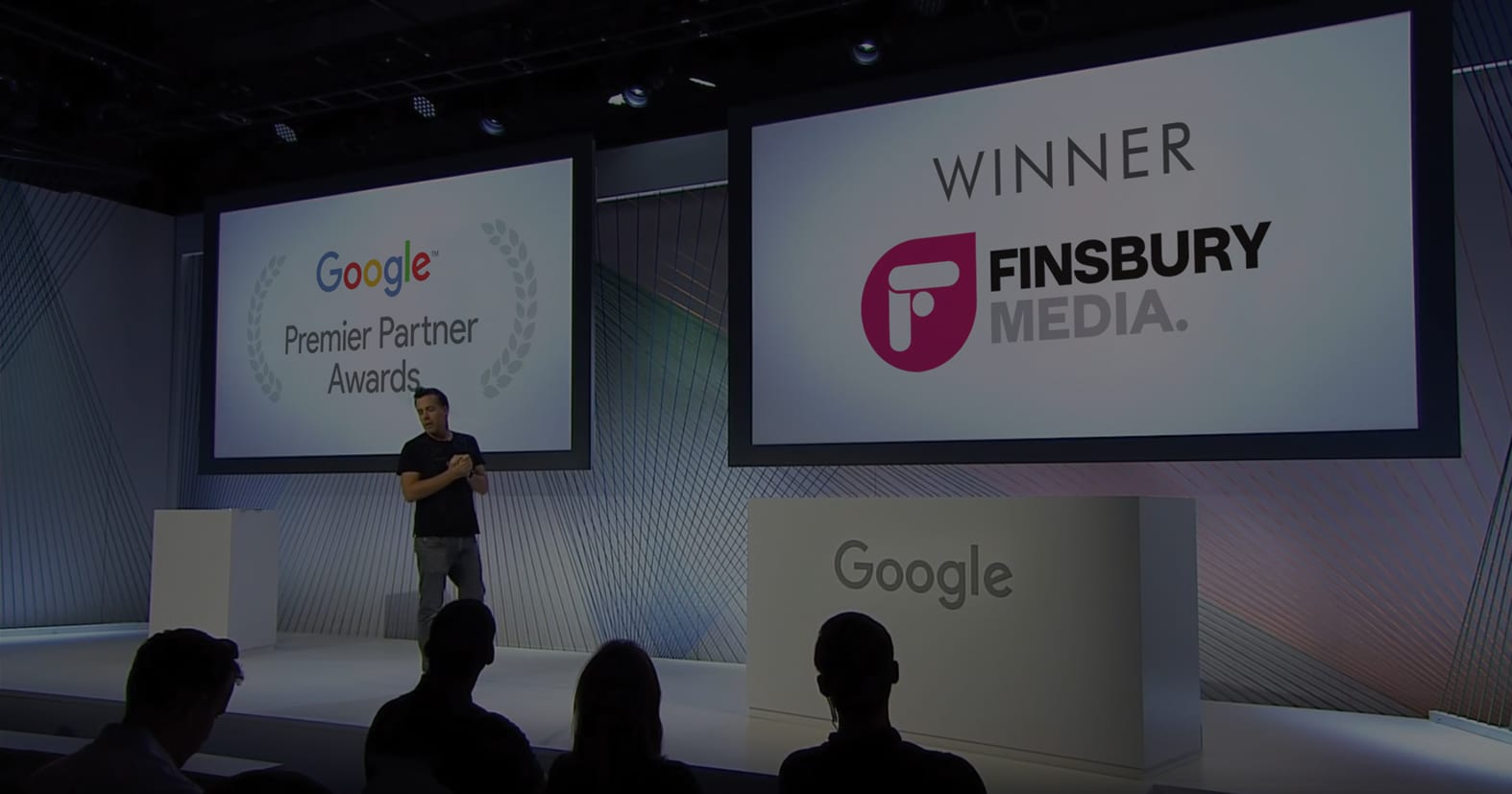Google was founded in 1998 with a vision of making the internet the best it can be for searchers.
Was that their original thinking? Actually, I don’t know.
But it certainly became that over time. And while the web isn’t a perfect place where you go the exact answer to your question every time, Google’s done an amazing job of making it more useful than ever.
If you think about it, you’ll remember all the junk websites that came up years ago. Now, when you search, you get an informative, useful answer to your question most times.
At the same time, Google’s forced businesses of all sizes to up their content game.
And if you don’t, you cease to exist.
It works. Brian Dean, a popular SEO blogger, doubled his traffic by updating one of his blog posts.
So, if you’ve been at SEO for some years, you may have older content that’s not as high in quality as you have now.
What Gaps Exist in Your Niche?
Ever analyzed the content landscape in your niche? That’s the first key to winning the game.
Don’t write content in a vacuum, without knowing what else your readers see.
Regardless of your niche, you’ll find “gaps.” To find content gaps, ask yourself these questions as you check out your competitors:
How far in-depth do their posts go? Where could you go deeper?
Do they lack a clear, conversational, and down-to-earth style?
Do they routinely share real-life stories to clearly illustrate their points?
Does the author sometimes share a personal experience from their own lives to build their relationship with the audience?
Could I improve the visual attractiveness of my content with videos, images with data, infographics, and my own hand-made images to make ideas easier to understand?
Is there an original way I could approach a topic that no one else has already done?
What hasn’t already been said?
FYI…as you update your blog posts, Google notices. And, it gives preference to updated content in its search rankings.
Work on Your Headlines
When you create content, you should spend a good hour or so by writing different headlines.
Don’t forget to keep that focus keyword in there!
…But you’ll want to write out 20-30 options to choose from.
You can use CoSchedule’s Headline Analyzer to help with this. View the score you get like so:
40-59: Don’t use that headline!
60-69: Nice work. You’ll get noticed and a decent amount of traffic.
70-74: Really good title here. You’ll get excellent engagement. Your title will easily be more noticeable than that of most competitors.
75+: Nearly impossible to get. You’ve written an amazing title if you score here.
With your titles, make the point clear. But try to elicit an emotion of curiosity too. It’s the most consistent way to get clicks on your titles.
Here are a few examples so you see what I mean:
What Should Your New Password Be?
Why Do Chinese URLs Use Numbers, Not Letters?
Top SEO Trends from the Past 6 Months
Basically, give the idea away. But, not the entire thing.
It’s kinda like going on a first date. Sell yourself. But don’t overdo it.
Writing curiosity-peaking headlines takes years to perfect. But you can do a serviceable job right away.
Just Google it and modify the headlines you find for your own use.
Then, keep a Word Doc with the titles you find to refer to later. They get your creative juices flowing faster.
Like It or Not, Content’s Never Done
It’s just the way content works. That’s exactly how business works.
You always work towards improving. One step better each day. Sometimes, you make a giant leap.
And now you know what to aim for next with your content. It’s a good thing you do.
Most small businesses simply do not have this awareness. So you have a huge competitive advantage they’ll likely never even use.

